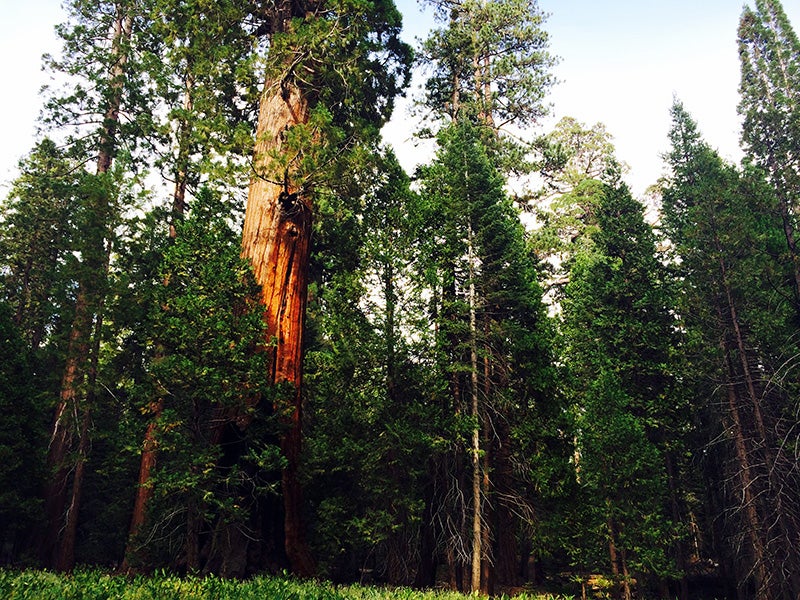Challenging Logging in Giant Sequoia National Monument
Two-thirds of all Sequoia redwoods remaining in the world are in Giant Sequoia National Monument. The policy would have included logging of healthy trees of any species as big as 30 inches in diameter or more. Trees that size can be as much as 300 years old.
Case Overview
Giant Sequoia National Monument boasts two-thirds of all the Sequoia redwoods in the world, with most of the remainder found in the adjacent National Park. The popularity and awe-inspiring beauty of the Sequoia forest and its wildlife led President Bill Clinton permanently protect the forest as a National Monument under the Antiquities Act. Earlier, President George Bush Sr. had proclaimed the Sequoia groves off limits to commercial logging.
However, in 2005, the Bush administration officially reversed those policies by finalizing plans to allow what amounts to commercial logging in the Monument, even inside the prized Giant Sequoia groves. The administration’s plan would have allowed 7.5 million board feet of timber to be removed annually from the Monument, enough to fill 1,500 logging trucks each year. This policy would have included logging of healthy trees of any species as big as 30 inches in diameter or more. Trees that size can be as much as 300 years old.
Conservation organizations challenged the Bush administration’s decision to log Giant Sequoia National Monument. The groups also encouraged the administration and the court to look to neighboring Sequoia National Park for a better way to manage the rare forest. On August 22, 2006, a federal judge ruled that the plan to allow commercial logging in Giant Sequoia National Monument was illegal.

Case Updates
Case page created on February 8, 2005.